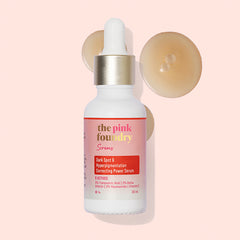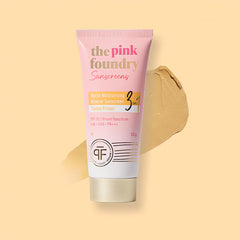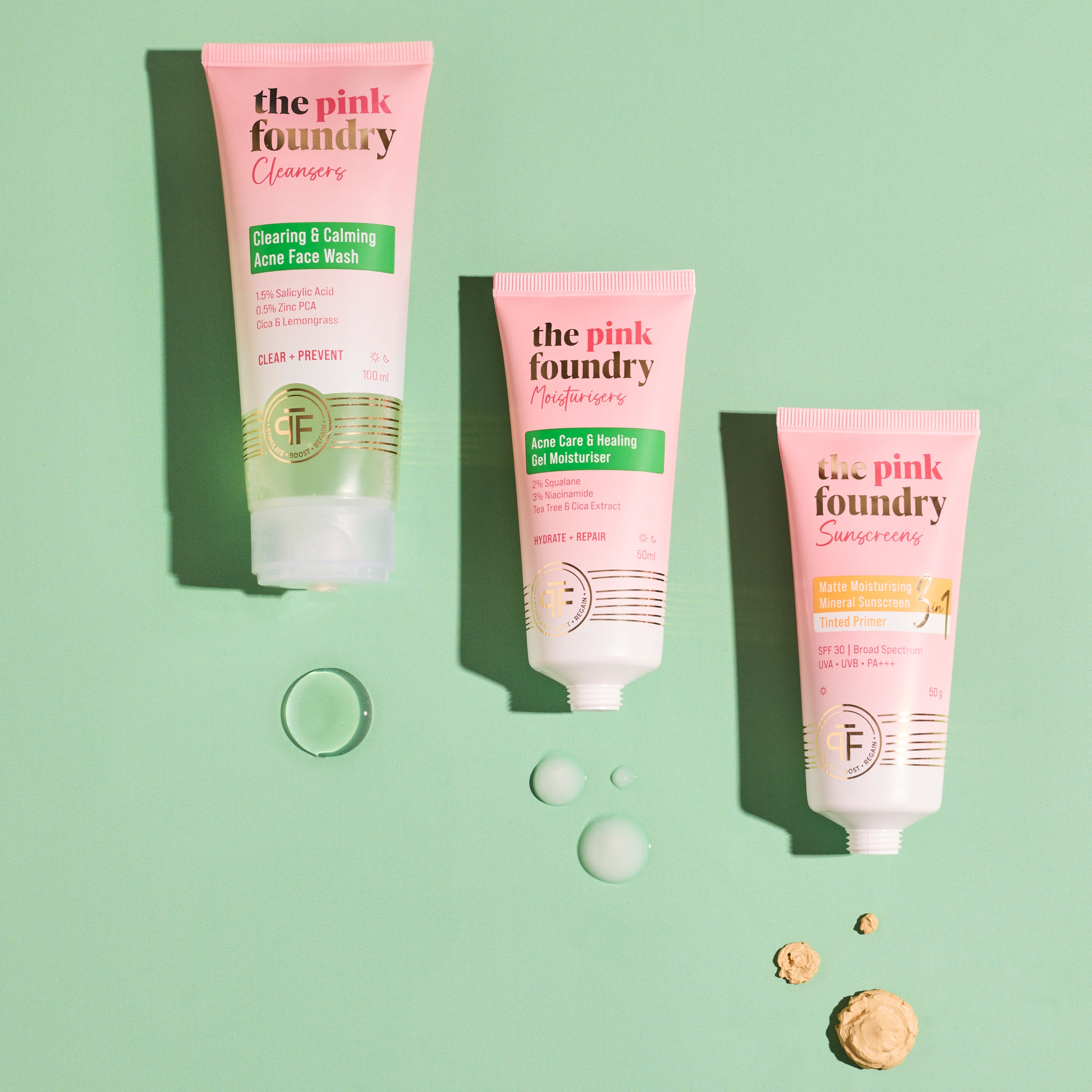Symptoms to Look Out for With An Allergic Reaction to Sunlight
Sunshine feels nice, doesn't it? For most people, basking under those warm rays makes them feel good. However, for some people, exposure to sunlight can cause adverse allergic reactions. If you are one of them, this blog will outline sun sensitivity symptoms one should watch out for.
What is a Sun Allergy?
A sun allergy, or photosensitivity, is an immune system reaction to sunlight, usually ultraviolet B (UVB) rays. When sunlight hits the skin, the body's immune fighters release histamine and other inflammatory chemicals that cause annoying (and sometimes dangerous) symptoms like rashes, hives, and swelling.
There are several different types of sun allergies. But how exactly does the sun trigger an allergic reaction? Experts highlight that sunlight alters derma cells' fats, proteins, and DNA. The immune system doesn't recognise these cellular changes as “normal,” so it starts attacking the body, resulting in inflammation.
Genetics and medications also play a significant role. Some people are just built to be more sensitive to sunlight. Certain medicines, such as antibiotics, diuretics, and anti-inflammatories, are infamous for making skin more reactive to the sun's rays.
Symptoms of an Allergic Reaction to Sun
When sunlight triggers an allergic response, one can quickly notice a bothersome skin reaction in the sun-exposed areas. Symptoms of sun damaged skin on face can appear immediately after sun exposure or up to several hours later. But how exactly can one identify if they are allergic to sunlight symptoms? Allergic reactions to sun symptoms include the following:
- Red, itchy skin rashes or hives
- Blistering and swelling
- Burning or stinging sensation
- Small fluid-filled bumps (vesicles)
- Skin flushing or redness
The location, appearance, and timing of the rashes or hives can vary depending on the specific type of sun allergy. You could experience red and irritated skin or simply notice white spots on skin after sun exposure. The reaction may also worsen due to certain medications, fragrances, plant oils, and skin care products. One likely has signs of sun allergy if one experiences the above symptoms after sun exposure.
Common Types of Sun Allergies and Their Symptoms
There are three primary forms of sun allergies, each with its signature symptoms. Let us explore them in some detail:
Polymorphous Light Eruption (PMLE)
Polymorphous light eruption (PMLE) is the most common form of sun allergy. It affects about 10-20% of the fair-skinned population. With PMLE, red, itchy rashes appear within hours of sunlight exposure.
These rashes usually have minor bumps, spots, hives, or blisters. They usually appear on the commonly exposed face, neck, arms, and legs. In rare cases, flu-like symptoms also accompany the rashes.
Solar Urticaria
Solar urticaria is a less common sun allergy, marked by the rapid appearance of hives after sun exposure. These itchy, red welts can range in size and typically last 30 minutes to a few hours. Solar urticaria may be immediate (with hives appearing within minutes) or may be delayed by several hours. Beyond the hives, symptoms of solar urticaria are similar to PMLE.
Photoallergic Reactions
This sun allergy variety is triggered by a chemical that makes the skin hypersensitive to light. Fragrances, plant oils, sunscreens, and medications applied topically are common causes of photoallergic reactions. When exposed to the sun, red, blistering, itchy rashes develop in the skin.
How to Manage Symptoms of Allergic Reaction to Sun
If one is sensitive to sunlight, it is better to take precautions to prevent skin reactions and manage symptoms when they occur:
- Avoid direct sun exposure between peak UV ray hours (usually 10 am to 4 pm)
- Cover with tightly woven, loose clothing when going out in the sunshine.
- Wear a broad-spectrum sunscreen with SPF 30 or higher on exposed skin. The Pink Foundry's Mineral Matte Tinted Sunscreen is a highlightable option.
- Pop an antihistamine like Zyrtec to curb itching and inflammation.
- Identify and avoid trigger products like certain skin creams, fragrances, medications, etc.
- Apply cool compresses to soothe red, inflamed skin after reactions.
The above measures can help one control adverse skin reactions and reduce their severity. However, if the allergy symptoms are severe and continue to persist, it is better to seek medical advice. A dermatologist can help one investigate the potential causes and provide tailor-made treatments according to the requirements.
When to Seek Medical Help
Sun allergies can usually be self-managed with avoidance and over-the-counter antihistamines. But in some situations, it can be wise to consult a dermatologist:
- If reactions remain severe despite preventative measures
- If symptoms interfere with daily outdoor activities
- If one experiences signs of anaphylaxis like throat swelling, trouble breathing, low blood pressure, etc., after sun exposure
Simple skin prick and blood tests can help one diagnose specific sun allergy triggers. Phototherapy or medications can be recommended to desensitise the skin to sunlight.
Conclusion
Sun allergies can be pro, but with vigilance of symptoms and proper protection, they don't have to hold you back. Pay attention to skin reactions after sunlight exposure – that's the only way to catch a sun allergy early. Use the management tips provided to control annoying rashes, itching, and inflammation when they pop up. One should See an allergist or dermatologist if you need help controlling severe reactions.
FAQs
Q1: What are the leading causes of sun allergies?
Sun allergies are mainly caused by UV radiations that alter the skin cells. The immune system sees them as “foreign” and begins internal attacks. Genetics and certain medications can also make people more prone to sun allergies.
Q2: Can I prevent sun allergies with sunscreen?
Broad-spectrum sunscreens with SPF 30 or higher can help reduce allergic reactions but don't prevent sun allergies altogether. Because sunlight sensitivity is an immune system reaction, sunscreen can only protect up to an extent.
Q3: Are sun allergies more common in certain seasons?
Sun allergies occur more frequently in the spring and summer when sunlight is most intense. Some people experience worse symptoms due to intense winter sun exposure since their skin isn't used to it.
Q4: What medications can trigger a sun allergy?
Antibiotics, anti-inflammation medications, diuretics, antifungals, and antihypertensives are among the medicines with ingredients that interact with sunlight and cause skin reactions or increased sunburn susceptibility.























